Tyrepower needed a responsive induction course for its Australian and New Zealand staff. My task was to review the old induction and current practices, identify the gaps and then create ways to make the induction more accessible and learner-friendly.
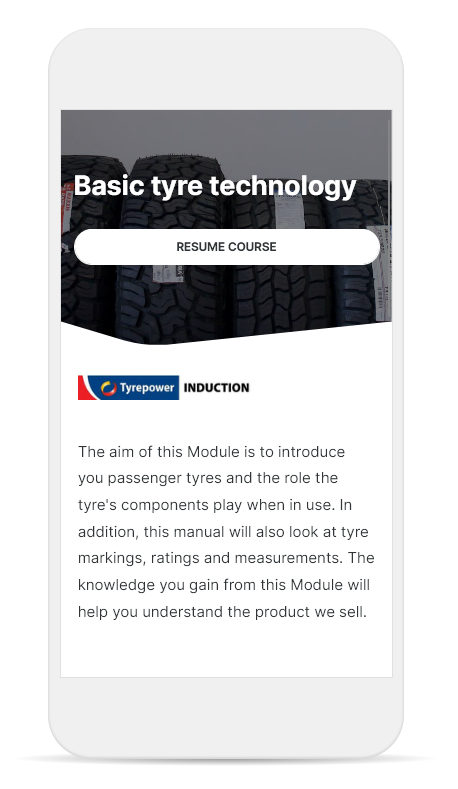
Storyline 360 vs Rise 360
To help the client decide, I converted a smaller module using both Articulate Storyline and Articulate Rise. Articulate Rise was chosen because it presented the information across phones, tablets, or desktop computers. I would upload the finished modules to their new Moodle Workplace Learning Management System (LMS).
Backwards design
I used a system called Backward design which has 3 steps.
- Outcomes – I first identified good measurable learning outcomes for the modules.
- Assessments – The next step was to work out assessments that were relevant to the learner and met the learning outcome in a real-world context.
- Content – The final step was to distill the content and strip out anything that doesn’t link to the assessments. This keeps the course material concise and prevents an overload of irrelevant content.
‘Chunking’ the information
The old induction was heavily text-based and needed a lot of rewriting. I had to reorganise and “chunk” the information so that it was in smaller pieces and easily absorbed. Where suitable, I used my design skills to convert text into a diagram or interactive object. To save on time and money I also found replacement information elsewhere that was more up-to-date and easier to learn from (e.g. YouTube videos and manufacturer’s data).
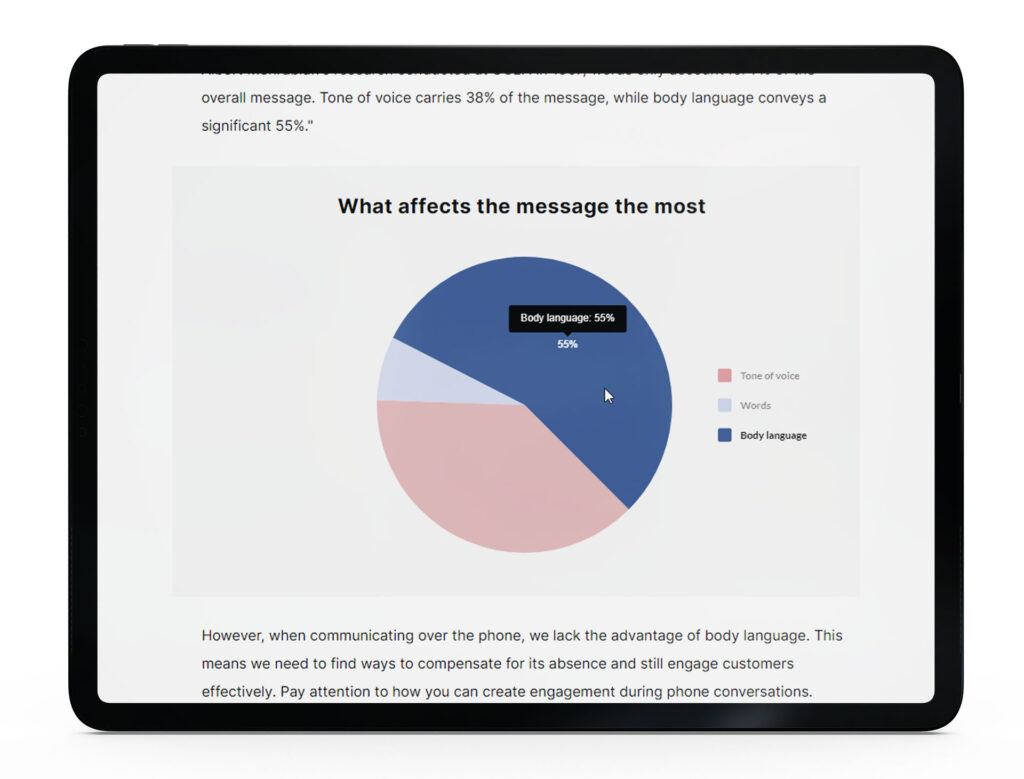
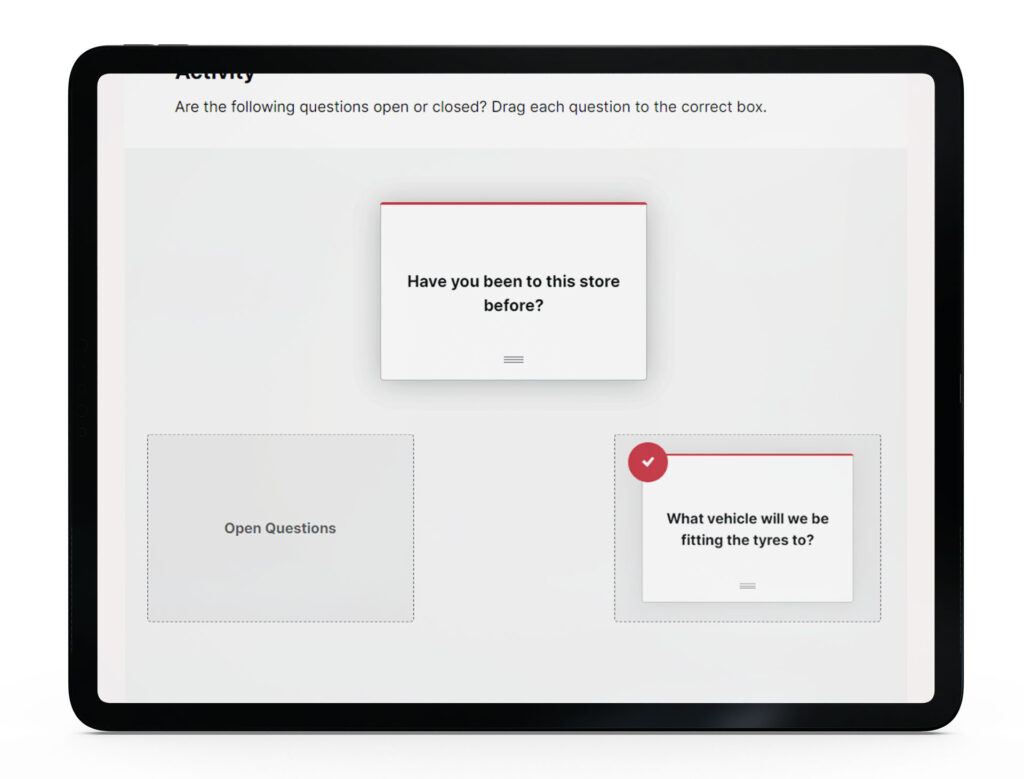
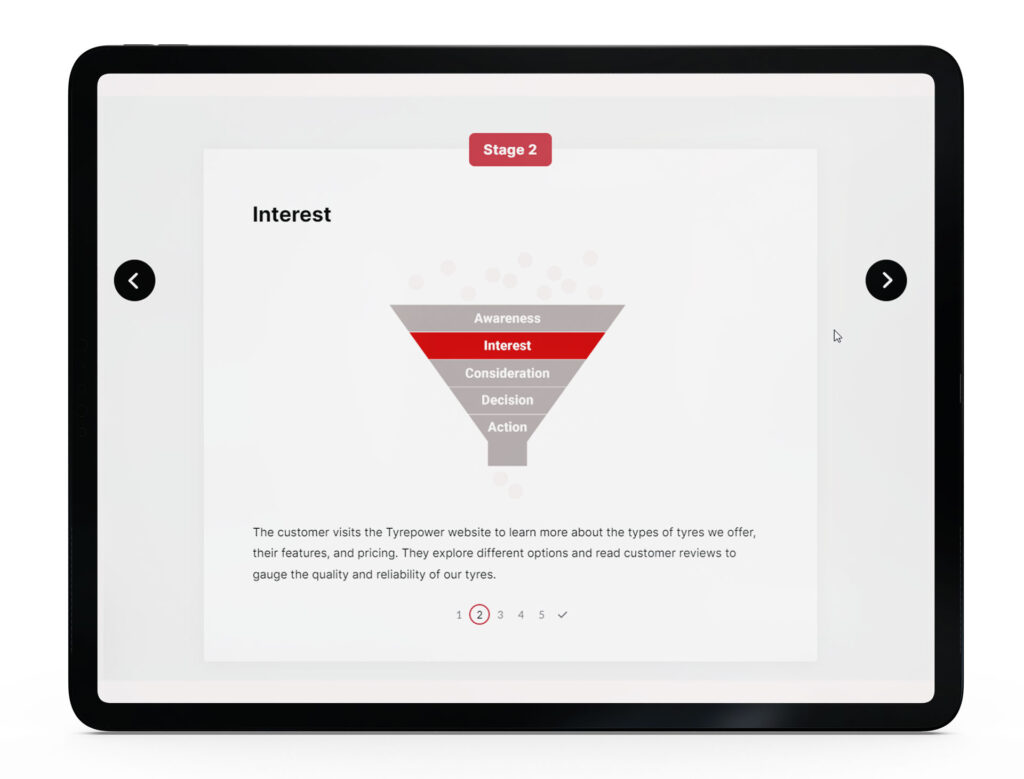
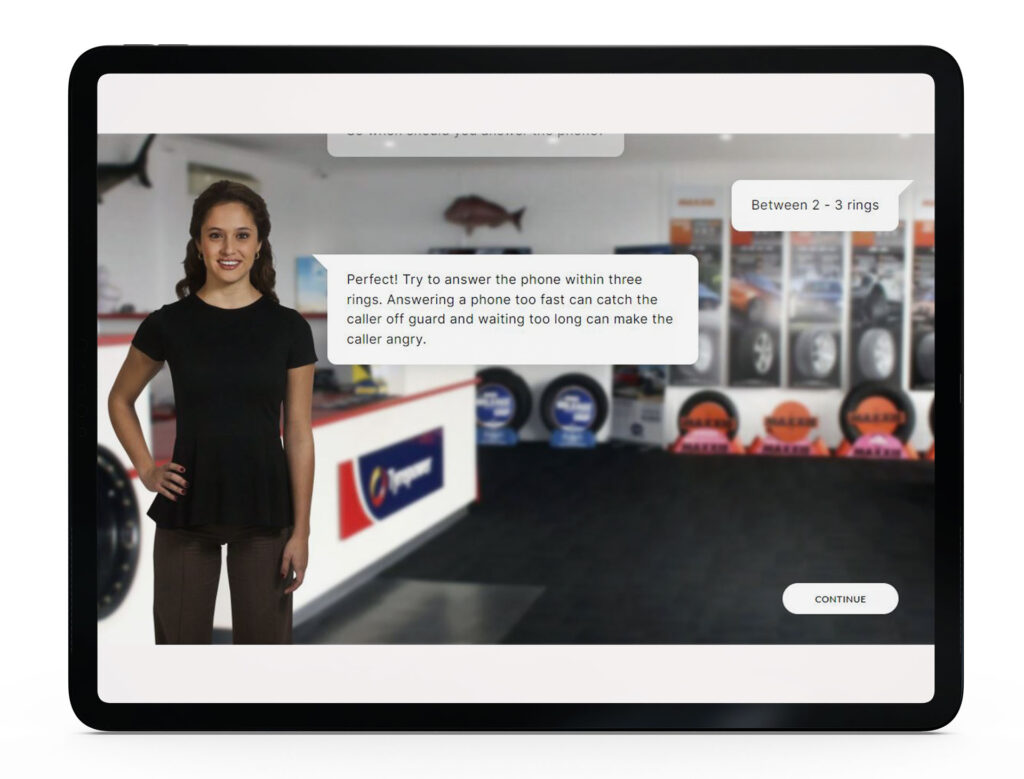

Interactive diagrams
Where possible, I converted text into diagrams with clickable hot spots giving contextual information.

Reflection
As I look back on this project I found using Rise 360 very fast and easy to work with, but at the same time very restrictive.
The software is propriety and requires an expensive Articulate 360 licence to make any future updates. There are no raw files that can be backed up and they must remain on Articulate servers. There was minimal interaction methods to choose from which could become repetitive for the learner, but on the flip side, relying on “eye candy” interactions instead of providing other more authentic methods of instruction is not good instructional design.

